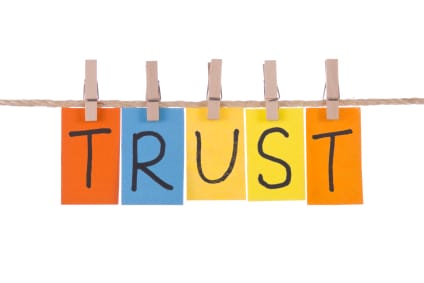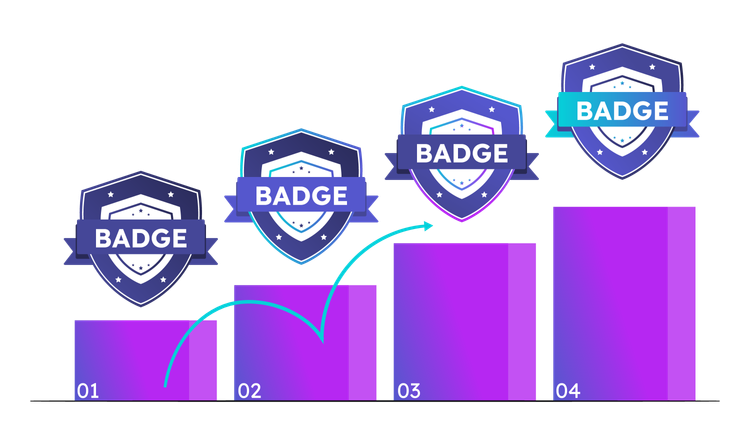Coopetition : How to Partner with Competitors

“There are two ways to make money in business: You can unbundle, or you can bundle.” — Jim Barksdale
With the constant changes in software between bundling solutions (into suites) and unbundling solutions (into best-of-breed products), there are always going to be situations where you will want to work with a competitor.
This is a common business scenario in many industries, not just technology:
- Toyota and Ford, two big competitors, teamed up and design Atlas Ford F-150 Hybrid concept in 2013 which turned to be the best-selling hybrids in the automobile industry.
- Sony and Samsung Electronics partnered together to develop new flat-screen LCD TV panels.
- Slack and Microsoft compete, but also work together on integrations to meet customer demand.
How to establish a product partnership like this?
- Focus on customer needs and feedback.
Your customers should be your North Star here, and if they are telling you they want to see integrations like this, then you have a good forcing function to try and make it happen. - Collect any data you can to show demand for these integrations.
This could be qualitative feedback from surveys. It could be search keywords that customers are using (you could review searches on your own marketplace or search terms which bring customers to your product via SEO).
If you have any in-product analytics or telemetry data, you may be able to find some demand signals there.
If you can't find any quantitative data, it may still be worth reaching out to Partners, and seeing if they are seeing any demand from customers, or they have any data and demand signals that may support a partnership. - Reach out, and begin to build relationships.
Often these partnerships can take some time to gather momentum. Timing needs to be right on both sides, and there often needs to be a forcing function, and some investment, to get things moving.
Common forcing functions are - launching a new product or platform, working to attract a new customer segment, M&A activity or industry trends which can make a partnership more attractive.
It's always good to have built a relationship before any of the above can happen, so reach out early and begin that process.
How to structure the partnership?
When establishing a partnership like this, you may often have to look at novel ways to kick-start the work. The competitive aspects of the relationship may make it challenging initially, but some of the below may help in the early stages:
- Co-funding a third-party to build an integration
Often it may be easier to find op-ex / budget, then it is to find internal resources to work on these programs in the early stages. It may be possible for both sides to contribute funding and having a trusted third-party work on the integrations. - Build, then transition ownership
Another framework which may work, is where one side agrees to build the initial integration, but will transfer ownership at some point in the future. You can often set targets around when that ownership transfer occurs based on some KPIs that show the integrations has reached scale or quality metrics (MAU, Number Installs, etc.) - More creative ideas
If the above are not an option, maybe you need to think more creatively to get started. If your company has hack-days, hackathons or 20% time, you could try and get a group to work on a proof of concept.
You could also float your ideas with leadership at your company and see if there is any interest in a partnership here. Sometimes an executive sponsor can help unlock the resources you need.
What about Internal Resistance?
Non-partnership teams can (understandably) feel conflicted about doing any kind of work with a competitor. Their work may make them more acutely aware of the competitive dynamics in the relationship.
To help you can try:
- Listening to their concerns
Sometimes their concerns are more macro / generic, and after a discussion they may realize that there is more value here than they realized.
If their concerns are specific, you should take note of these and work on a way to address them in your partner program. Sometimes just having the direct conversations here can help.
- Remind people that we are not playing a zero-sum game.
Others do not have to lose for us to win. There are always win-win scenarios that can be found.
- Focus on your customers and their needs.
This will almost always get teams thinking about the partnership in a new light.
- Try and build empathy and direct connections between teams.
It can be easy to demonize XYZ Inc. as a competitor, but much harder when people meet their peers, and make a human connection. Product Managers at both companies will have similar goals and challenges, and can often be helpful to each other.
- Use Stories, not Strategy.
Strategy can be simplified to "a happy story about our future". People find it much easier to consume and internalize stories, so try and tell a compelling story about the partnership.
If you enjoyed this piece, please share it. 🙏




